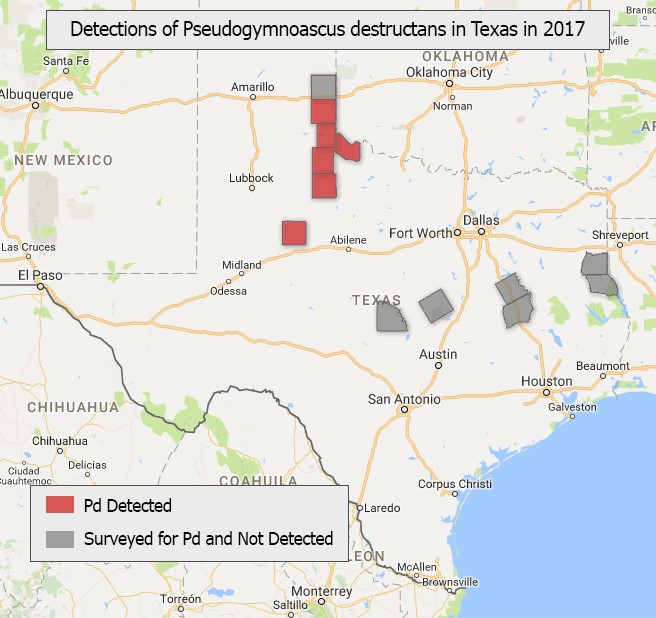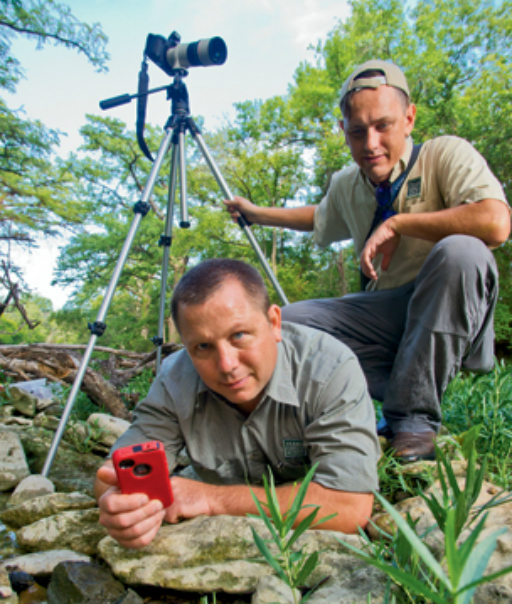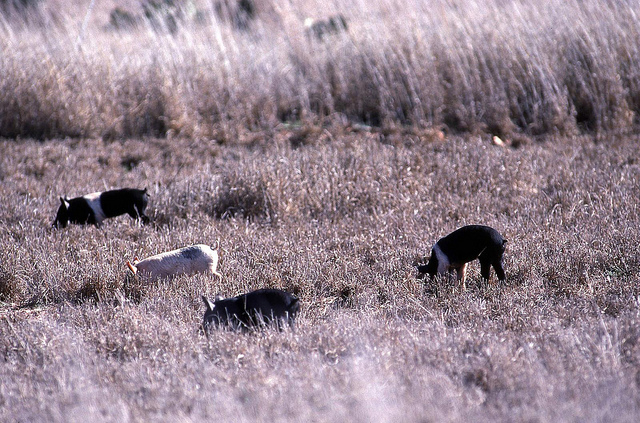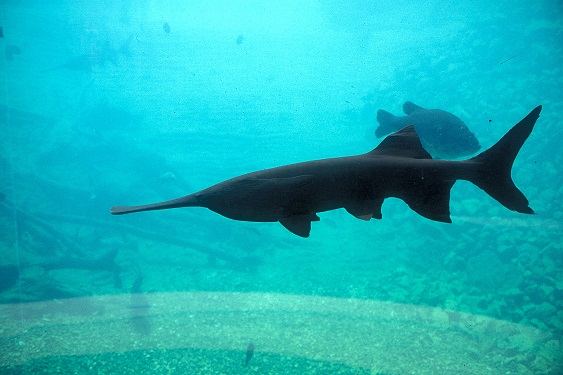A Fungus is Finally Among Us
Wednesday, May 3rd, 2017This is Passport to Texas
The fungus that causes White nose Syndrome, a disease that affects hibernating bats was detected for the first time in Texas earlier this year. Texas Parks and Wildlife mammologist, Jonah Evans says it may have been present for up to a year…
… but at levels too low to detect. So, when you look at the maps of the spread of the fungus across the united States, those maps are always going to be behind where the disease actually is.
Researchers discovered six caves in six Panhandle counties with the fungus.
These are locations where we had previously identified as the most likely for the fungus to turn up first. And sure enough, it did. And so, we had expected to see the disease and the fungus to slowly move across Oklahoma towards Texas. For me, personally, it was a bit of a surprise to have it suddenly one year we go there and it’s all over the place.
For the past six years, the caves in question have come up clean when surveyed.
Likely, it came in at extremely low levels first, and slowly spread. And then, one winter’s worth of growth of the fungus in all of these sites suddenly put it over that threshold where we are now able to detect it.
Find more information on White Nose Syndrome in bats, and decontamination protocol if you go caving, on the Texas Parks and Wildlife website.
The Wildlife Restoration program supports our series.
For Texas Parks and Wildlife…I’m Cecilia Nasti.






 Passport to Texas is a
Passport to Texas is a  Passport to Texas is made available by:
Passport to Texas is made available by: